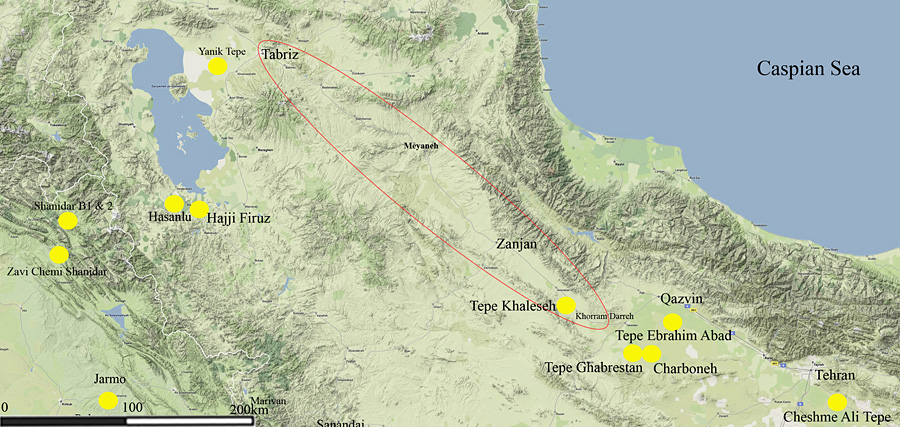ebAmerican
Regular Member
- Messages
- 226
- Reaction score
- 45
- Points
- 0
- Ethnic group
- German and Swedish
- Y-DNA haplogroup
- R1b- P312
- mtDNA haplogroup
- T2E2
I would guess R1b-M269 is part of the EHG cline like it's cousin in Samara. The near eastern influence referred to by Haak of Yamna I suspect would be the Leyla-Tepe culture around 4000BC. Maykop seems to be highly influenced by Anatolian and Mesopotamian people. R1b-V88 in Africa is thought to be 3000BC. It probably descended from the Steppe into Syria, the Levant and Egypt during or before Maykop (along trade routes). We don't know what type of R1b (R1b1 basal) was found in Spain. The R1b sample in Spain was probably an outlier who wondered with some R1a through Central Europe and found it's way to the LBK and Pyrenees 5000BC. I like the idea of the Indo-European language being a mash-up of this cultural womb of nations from Tepe in the south and EHG in the north. It would make both hypothesis correct. The Anatolian version being 4000 years later that originally thought.







